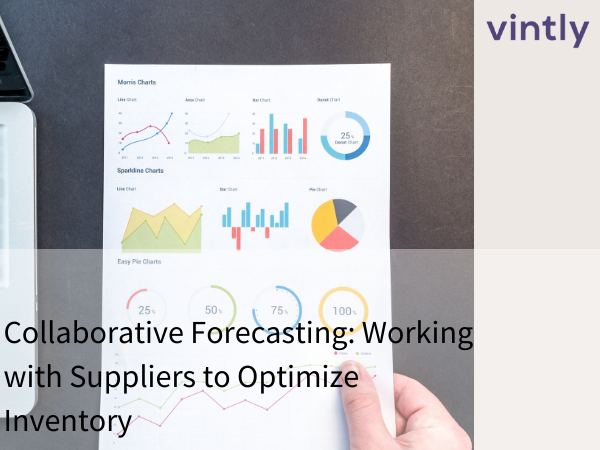Top 10 Supply Chain Challenges in the Fashion Industry 2025
In 2025, the fashion industry is facing an increasingly complex supply chain landscape. With heightened consumer expectations, regulatory pressure, and evolving global disruptions, success requires more than just stylish products—it demands resilient and transparent operations. Here are the ten challenges brands must tackle:
- Volatile Raw Material Sourcing
Factors like climate change and geopolitical uncertainty are disrupting global fiber and textile supply chains, increasing lead times and costs. - Inaccurate Supplier Data
Outdated or incomplete data on suppliers leads to ordering mistakes, delayed shipments, and compliance mishaps. - Transparency & Greenwashing Risks
With consumers and regulators demanding proof, vague sustainability claims can lead to backlash and legal exposure. - Limited Supply Chain Visibility
Without real-time insights into production and logistics, brands struggle to manage bottlenecks or respond to quality issues effectively. - Overproduction & Waste
Inaccurate forecasting often results in excess inventory—undermining both profitability and environmental goals. - Inefficient Communication Channels
Email and spreadsheets create fragmented workflows. Centralized collaboration tools are vital to streamline cross-team operations. - Rising Logistics and Freight Costs
Unpredictable freight prices make shipping strategies and speed-to-market more difficult to manage profitably. - Ethical & Regulatory Compliance
New legislation demands deeper scrutiny of supplier practices and ethics, requiring robust auditing and traceability. - Inventory Imbalance
Overstock and stockouts both erode margins and customer loyalty, showing the need for smarter inventory planning. - Technology Gaps
Many brands lack digital systems for automation, data analytics, and collaboration—limiting growth and responsiveness.
Accurate forecasting and demand planning are foundational to managing several of these challenges. Learn how SaaS tools can improve planning and forecasting in our article:How to Improve Forecast Accuracy with a SaaS Supply Chain Platform
.png)


